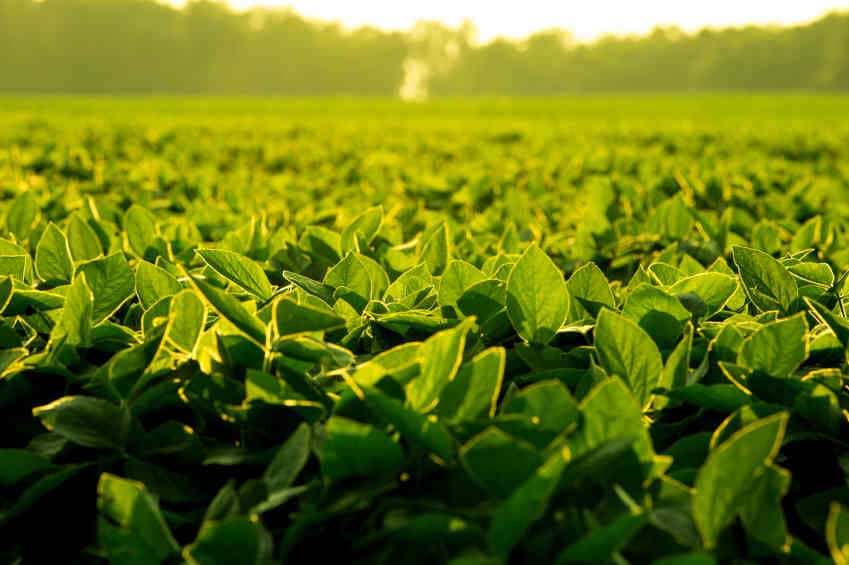This week, my alma mater, Purdue University, published a study in AgBioForum that aimed to answer a simple question: What would the world look like without genetically engineered crops? They answered the question with my personal favorite discipline: economics. Here’s a snapshot of what they found:
Dramatic Yield Losses
 If you eliminated all biotechnology-produced crops (“GMOs”) in the United States, the Purdue team found that corn yields would decline by 11 percent, soybeans would decline by 5 percent, and cotton would decline by 19 percent. Yield basically means the amount of a crop you can harvest on a given amount of land, so these reductions would mean we would either have less available corn, soybean, and cotton or we’d need more land to grow them—102,000 hectares more land in the United States and 1.1 million hectares globally, to be exact. That would mean converting forest and pasture (about the size of Connecticut) to cropland, which would come at a serious environmental cost.
If you eliminated all biotechnology-produced crops (“GMOs”) in the United States, the Purdue team found that corn yields would decline by 11 percent, soybeans would decline by 5 percent, and cotton would decline by 19 percent. Yield basically means the amount of a crop you can harvest on a given amount of land, so these reductions would mean we would either have less available corn, soybean, and cotton or we’d need more land to grow them—102,000 hectares more land in the United States and 1.1 million hectares globally, to be exact. That would mean converting forest and pasture (about the size of Connecticut) to cropland, which would come at a serious environmental cost.
Higher Food Prices
If yields get worse, that generally means the cost of producing food goes up. Food shortages also result in higher prices. The Purdue team found that corn prices would rise 17 to 28 percent and soybean prices would rise 11 to 23 percent. What would that mean for your grocery bill? About a 0.5 to 1 percent increase. The authors noted that “[w]hile these numbers may seem small, a 1% increase in food costs for all Americans amounts to billions of dollars per year.” In this case, it would be $7 billion to $14 billion per year, collectively, for U.S. households.
Note: If you’re a nerd like I am and are trying to solve for changes in economic welfare, the average change would be a $3 billion loss in welfare globally.
Greenhouse Gas Emissions
Another consequence of lower crop yields? Increases in greenhouse gas emissions from converting more land. The change would result in 465 million to 777 million tons of CO2 equivalent being released into the environment. That’s the equivalent of burning more than 800,000 pounds of coal.
We often hear about unintended consequences in food and agriculture decisions, and we couldn’t appreciate the Purdue team more for their work to highlight specific outcomes from the use of agricultural technology.
To read Purdue’s news release about the study, or the original model analysis, visit Purdue University Agricultural Communications or the Agricultural and Applied Economics Association.
